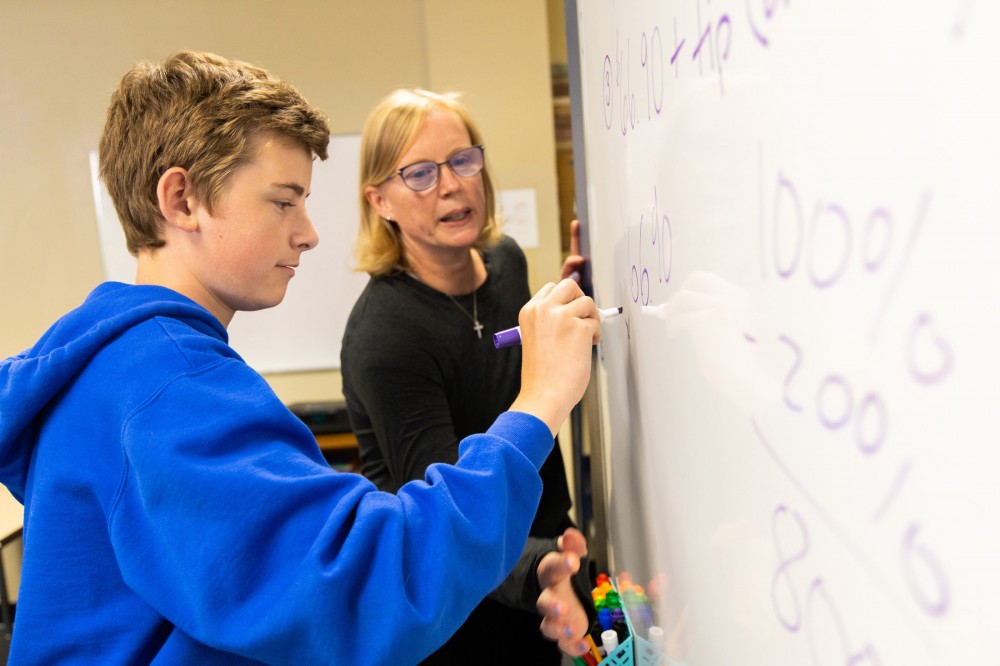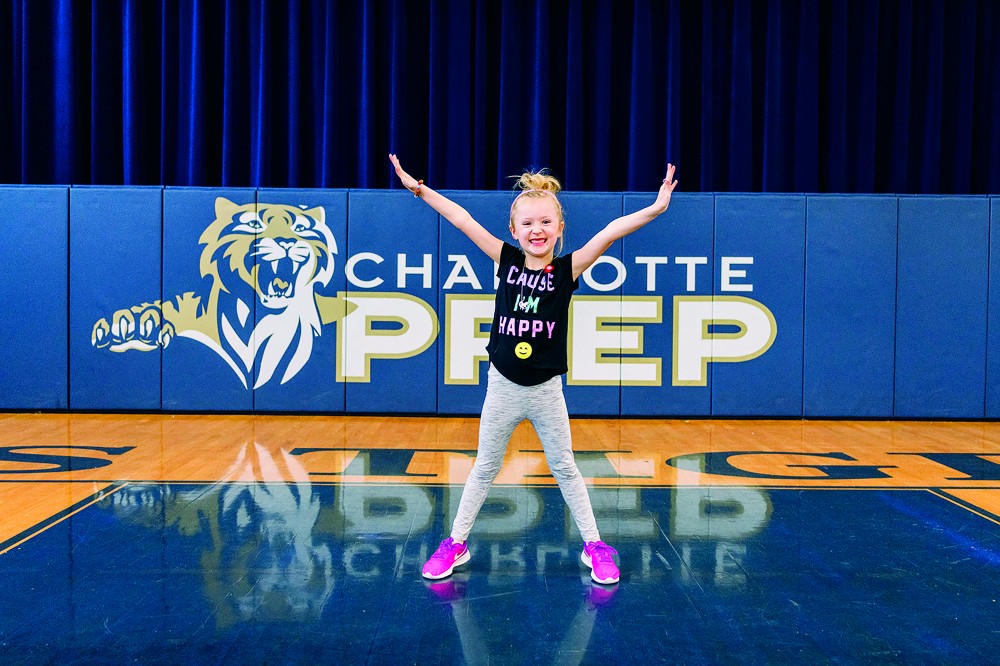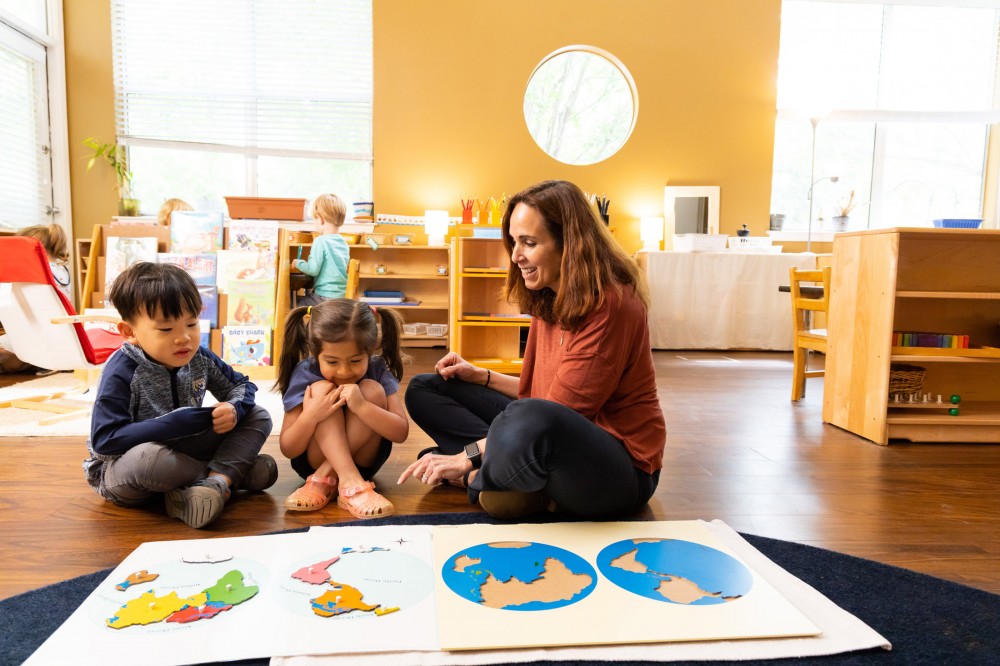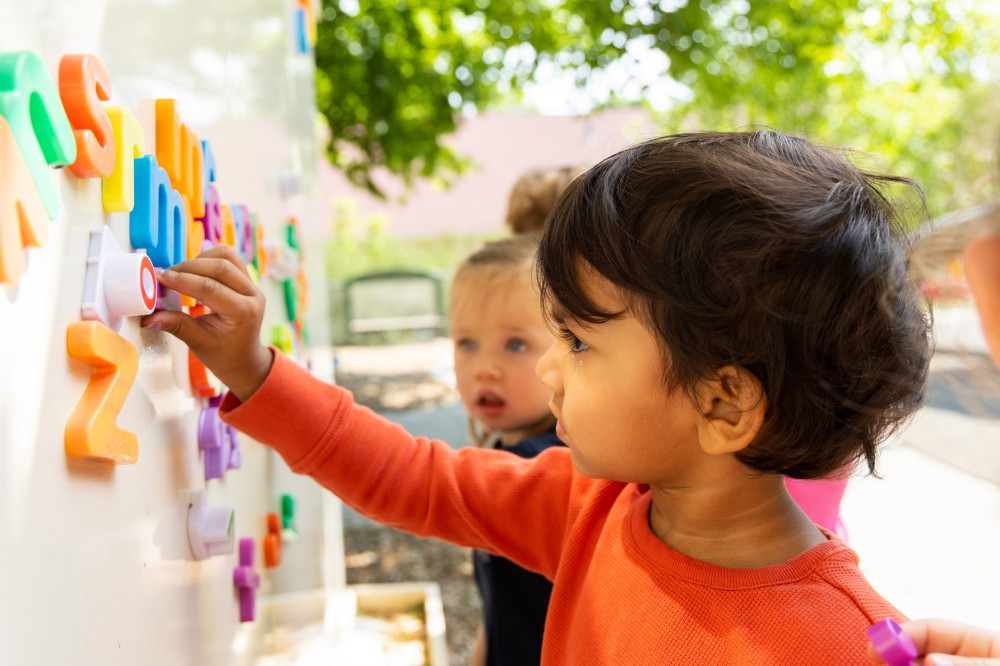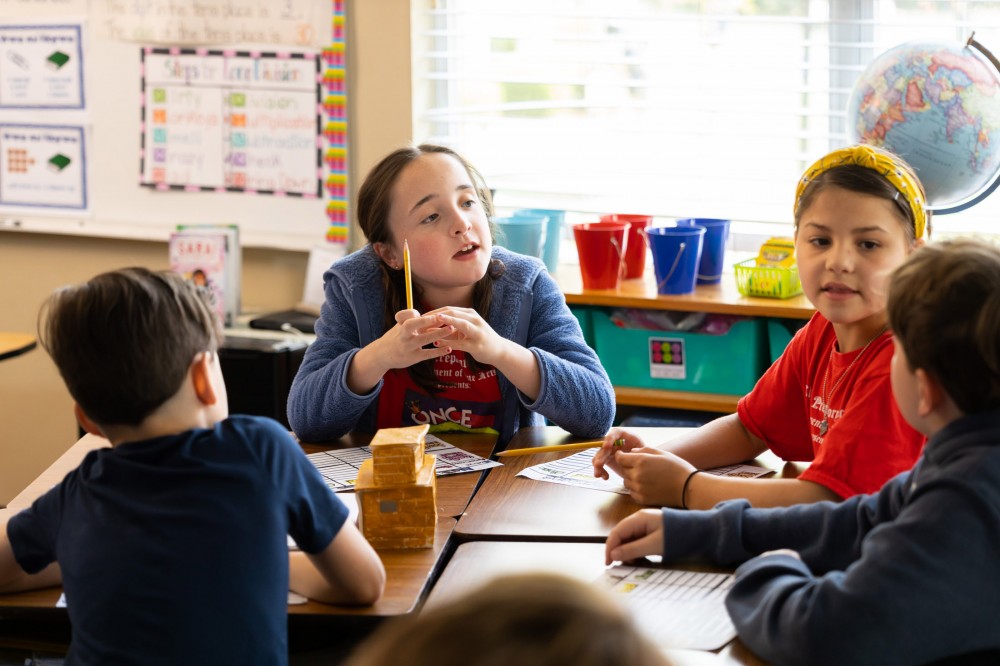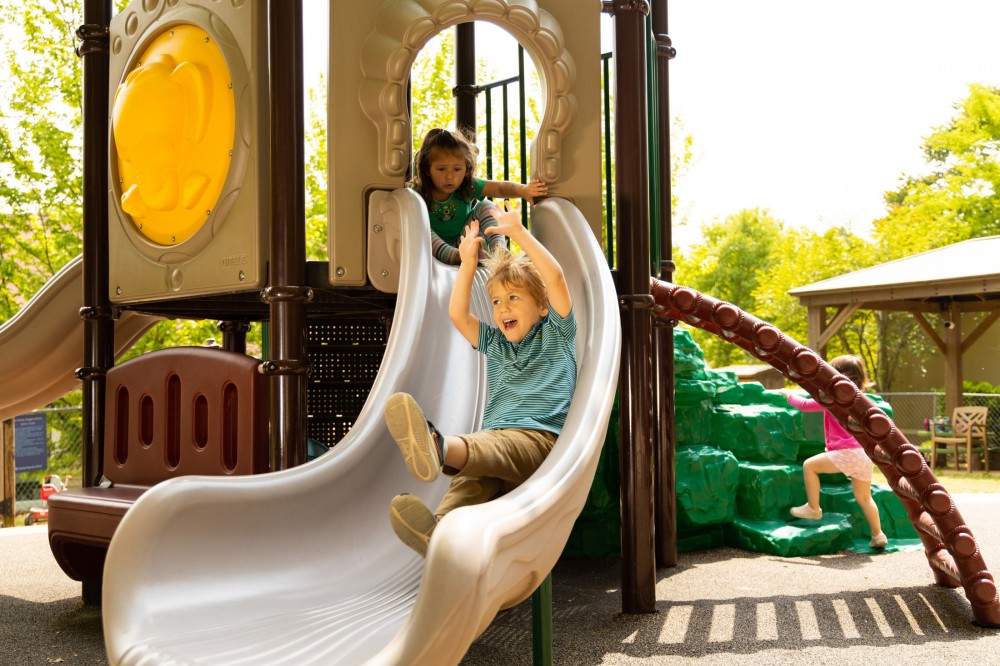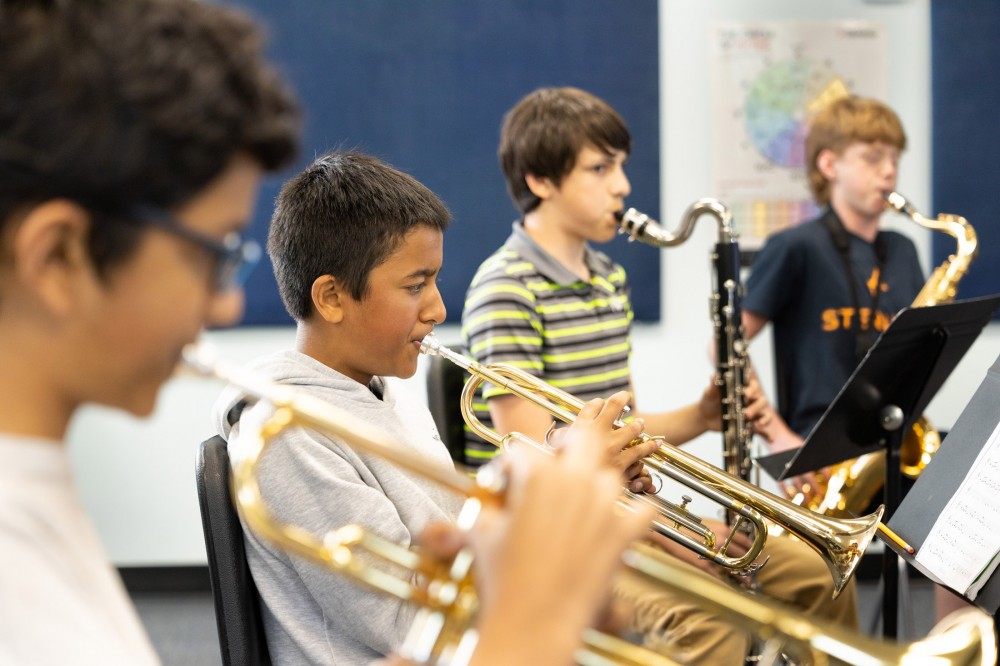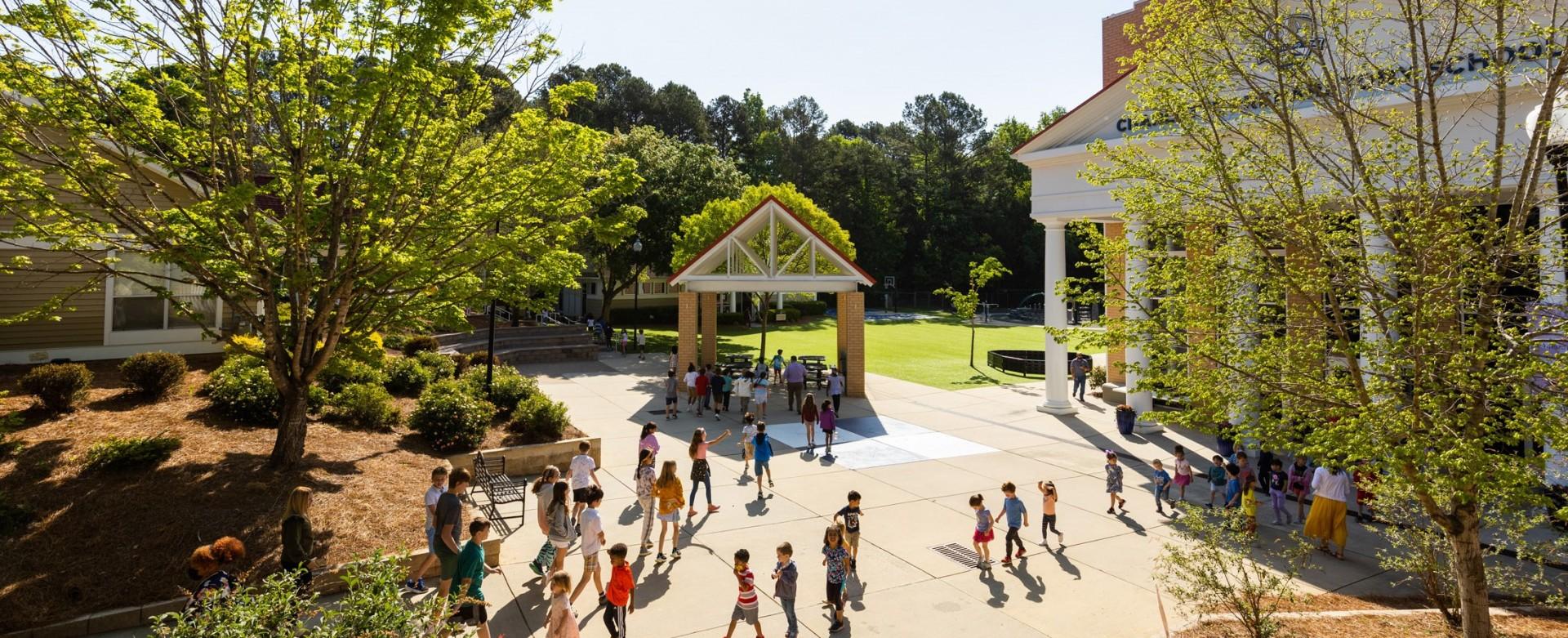Designing an Excellent Curriculum
May 10th, 2023
 At the heart of a school is the interplay between teaching and learning. We assume that when something is taught it is learned, but that is not always true. Good teaching is much more than the simple delivery of information, and students are not passive recipients of knowledge. The old models of education are largely to blame for this misunderstanding of what effective teaching is. Schools that emerged during the industrial age modeled their methods on the factory assembly line. Students were the product and the various subjects were the raw materials that were “installed” along the way. This was an efficient method of providing an education but it had significant limitations. Unfortunately, the factory model of education persists to this day and has shaped the interplay of teaching and learning for generations.
At the heart of a school is the interplay between teaching and learning. We assume that when something is taught it is learned, but that is not always true. Good teaching is much more than the simple delivery of information, and students are not passive recipients of knowledge. The old models of education are largely to blame for this misunderstanding of what effective teaching is. Schools that emerged during the industrial age modeled their methods on the factory assembly line. Students were the product and the various subjects were the raw materials that were “installed” along the way. This was an efficient method of providing an education but it had significant limitations. Unfortunately, the factory model of education persists to this day and has shaped the interplay of teaching and learning for generations.
This old educational model often leads to facile understanding and limited acquisition of skills that can then be transferred to new learning and experiences. It is far better to plan teaching around one simple but important question: what should students know and be able to do? Once this question is answered, the curriculum and learning experiences of students can then be planned. This approach is known as backward design – we start with the desired results and plan accordingly.
When teaching begins at the endpoint – the skills, knowledge, and understanding students should acquire and apply to real life – the curriculum is transformed. It is no longer a case of merely covering material – just think about how much material you “covered” in school that was quickly forgotten and rarely utilized for a productive purpose. Backward design, which is also called understanding by design, is focused, instead, on learning that is meaningful and relevant. For example, instead of just covering information about scientists and scientific discoveries (which does have some value), students learn how to act like scientists themselves (which is what they should know and be able to do). They apply skills and knowledge to real life and benefit greatly from these connections.
As we engage in curricular work at Prep, we will utilize the backward design approach. It is important to note that backward design is not a philosophy of education or a prescribed curriculum. It is, instead, a lens through which we can examine what and why we teach. Having worked with backward design at a previous school, I have seen its benefits and the dramatic impact it can have on the quality of teaching and learning, and I am excited to see similar benefits at Prep.
More News from Charlotte Prep
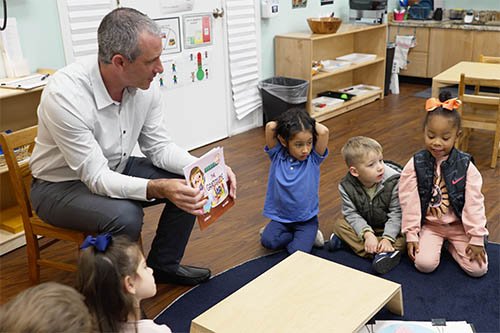 Nov11A Season for Gratitude
Nov11A Season for GratitudeAs we welcome this season of giving thanks and giving back, I couldn’t help but draw parallels between the themes The Gratitude Jar and our mission at Charlotte Prep.
See Details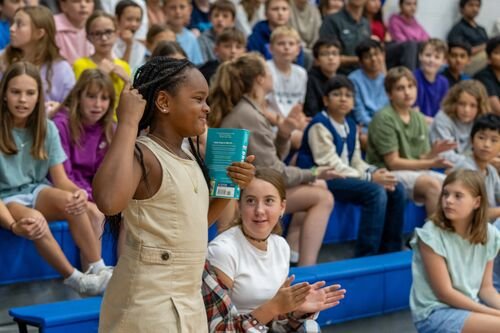 Oct30Binding a Community of Readers
Oct30Binding a Community of ReadersReading for pleasure is one of the most powerful habits a middle school student can develop. It strengthens stamina, builds vocabulary, and deepens comprehension, but more importantly, it opens hearts and minds.
See Details Oct23Building a Culture of Feedback
Oct23Building a Culture of FeedbackSince I arrived at Prep, I have been pondering the question: how does a head of school help build a robust school culture? I believe one of our most powerful tools for this purpose is fostering a continuous feedback loop that includes our students and faculty.
See Details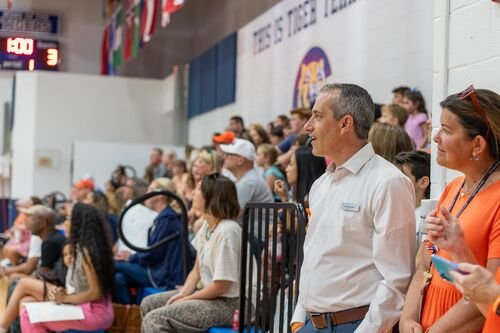 Sep25First Impressions: What does community mean at Prep?
Sep25First Impressions: What does community mean at Prep?In my first month, I have conducted over thirty 1:1 meetings with faculty/staff, had lunch with nearly every 8th grader, and attended countless Prep events in search of the answer to the question “What does community mean at Prep?”
See Details








